8 Little-Known Facts About M*A*S*H
The hit television show M*A*S*H originated from a collaboration between former military surgeon H. Richard Hornberger and writer W. C. Heinz, to produce the novel MASH: A Novel About Three Army Doctors. The novel focuses on a U.S. Mobile Army Surgical Hospital during the Korean War. “MASH” is an acronym for these surgical hospitals.
Hornberger used his own experiences in Korea as part of the 8055th Mobile Army Surgical Hospital. The novel was published in 1968 and was the inspiration for the 1970 film M*A*S*H. Two years after that came the TV series, which was one of the most popular TV shows in America, and still holds the record for the most-watched season finale ever.
1. M*A*S*H lasted longer than the Korean War
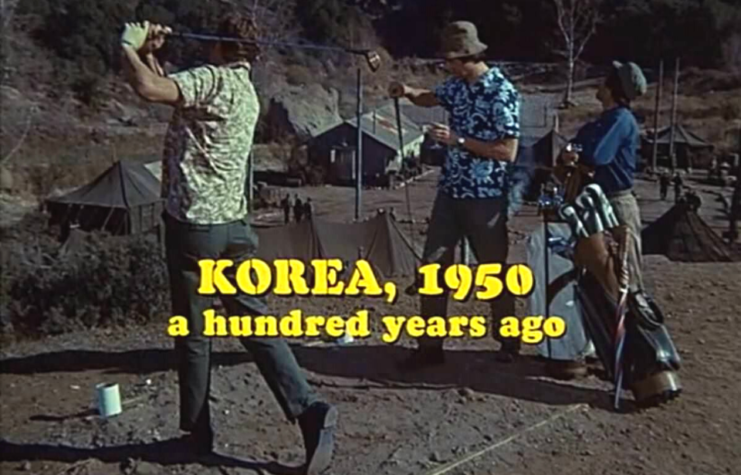
M*A*S*H aired for 11 years, from September 1972 until February 1983. However, the Korean War itself lasted just over three years, meaning the characters in the show spend 11 years serving in a three-year war.
2. The show’s creator and executive producer didn’t want canned laughter
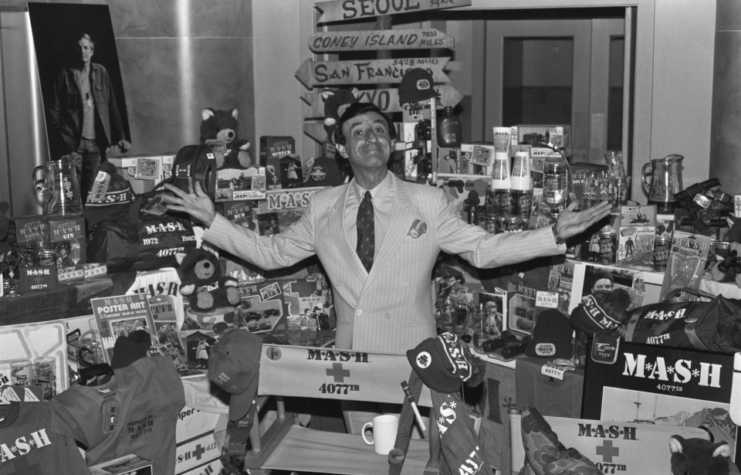
M*A*S*H‘s creator, Larry Gelbart, and the show’s executive producer, Gene Reynolds, were both against the use of canned laughter in the show. However, the network that originally aired the show, CBS, did want it, and that decision was final.
The show’s producers managed to slowly reduce the amount of canned laughter as the show went on. The BBC went one step further and completely left out the added laughter.
3. Many of the actors had actually served in the U.S. military

After studying theater in college, Alan Alda (who played “Hawkeye” Pierce) joined the U.S. Army Reserve and spent six months as a gunnery officer while the Korean War was raging on.
Wayne Rogers (who played John McIntyre) had previously served in the U.S. Navy as a navigator aboard the USS Denebola.
Mike Farrell (who played B. J. Hunnicutt) was in the U.S. Marine Corps from 1954 to 1959.
4. Gelbert took just two days to write the first episode… and $25,000
When he was approached to write the M*A*S*H‘s pilot episode, Larry Gelbert was living in London after becoming disillusioned with Hollywood life. However, when he was offered the chance to adapt the 1970 movie into a TV series, he jumped at the chance.
The $25,000 paycheck probably helped him make his mind up.
5. Radar’s teddy bear sold for $11,500 at auction in 2005
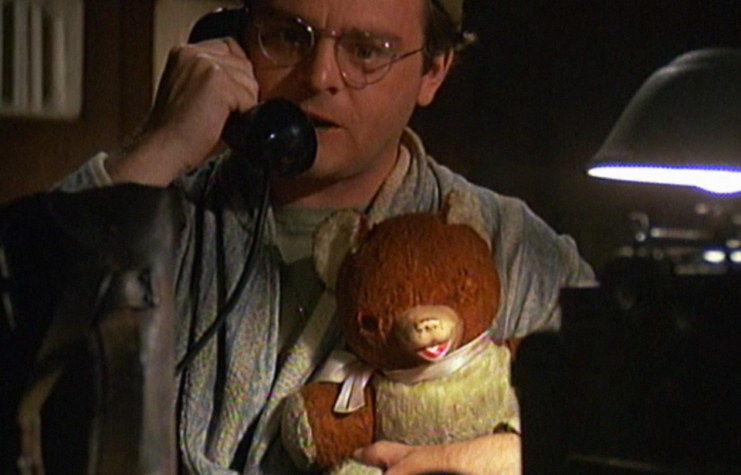
Gary Burghoff’s character, Walter Eugene “Radar” O’Reilly, was known to sleep with his teddy bear throughout the show to symbolize his youth and innocence. Decades after the show had ended, Burghoff assumed the teddy used in the show was lost long ago. However, the teddy bear popped up at an auction in 2005. A medical student purchased the teddy for $11,500 before selling it to Burghoff.
6. The writers of M*A*S*H struggled to make up new names for characters
Creating names that are memorable and suit a character is notoriously hard in TV and cinema. The writers of M*A*S*H were no strangers to this, as they had to give names to the many patients the doctors were treating on the show.
In season seven, the writers simply used the names of the 1978 Los Angeles Dodgers baseball team roster. By the end of the season, they were using the names of coaches and even the Dodgers’ owner, Walter O’Malley. Writer Ken Levine also used the names of former girlfriends for characters, like Patty Haven in the episode “Goodbye Radar.”
7. The M*A*S*H finale episode is America’s most-watched television episode ever
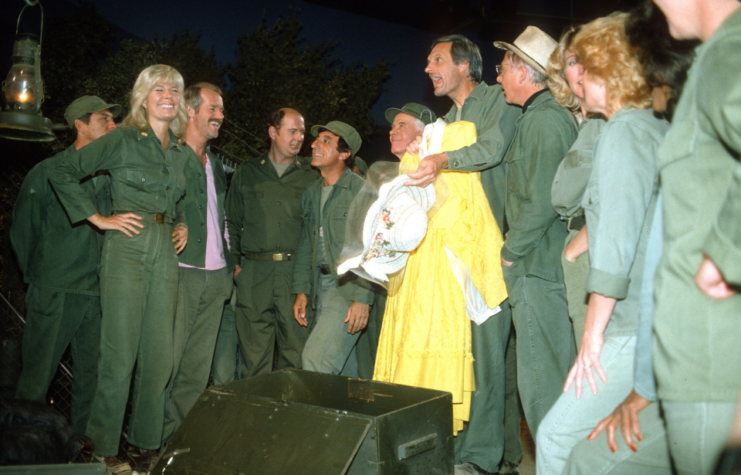
Over 121.6 million Americans tuned in to watch all or part of the M*A*S*H‘s finale, “Goodbye, Farewell and Amen,” which aired on Monday, February 28th, 1983. That’s just over 50% of the population of the U.S. in 1983, and 77% of Americans watching TV that night.
The show had become so popular that by its end, a 30-second commercial slot cost $450,000, compared to “just” $30,000 when the show started 11 years earlier.
8. The show’s network was not happy to portray the characters as “unpatriotic”
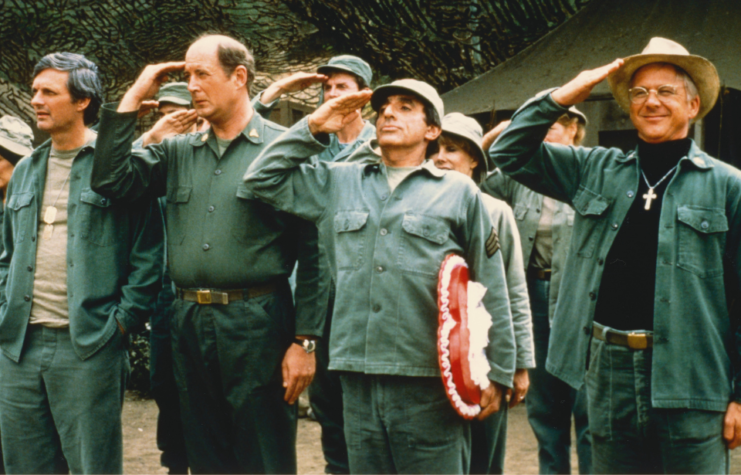
Part of Gelbart’s goal with M*A*S*H was to not overly glorify war, but the network was not on board with this.
More from us: 7 Interesting Things We Didn’t Know About Rambo
After some research into MASH units in the Korean War, they discovered a rather commonplace practice used by servicemen in an attempt to get a ticket home. They would stand out in the freezing cold Korean weather in the hopes of getting sick, so they would be sent home.
The writers wanted to replicate this in the show, but were stopped by the network. The network also completely rejected an episode that featured Hawkeye Pierce having an affair with two nurses at the same time.
Post a Comment
0 Comments